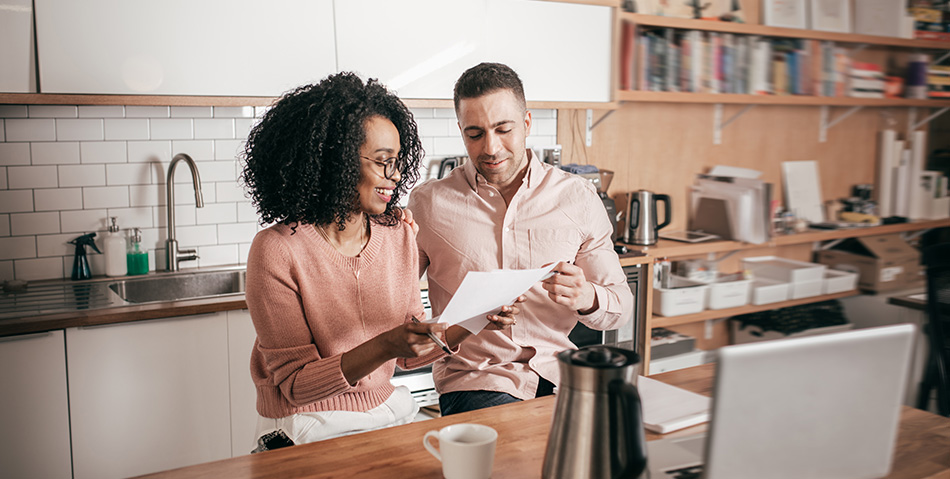April 30, 2024
Buying a new home at the same time as selling your old one can be stressful.
Buying and selling a home at the same time makes you part of a property chain, where multiple sales and purchases are reliant on one another to finalise simultaneously.
Any issues in one exchange can cause a domino effect on all the other property sales in the chain so meticulous planning, risk management and flexibility are essential to navigate the process smoothly.
The Challenges of Buying and Selling a Home at the Same Time
By buying your new home at the same time as selling your old one, you can use the equity in your existing property to substantially boost the amount you can put down as a deposit.
Simultaneous buying and selling also avoids the tax and cost implications of owning a second home, which would come up if you were to purchase a new home before selling your old one.
There can, however, be downsides to simultaneously buying and selling property. The process can become complicated, and there is some risk in relying on other buyers and sellers in the property chain to get the timing spot-on.
Financial Preparation
To understand your financial situation and budget for your new home, you need to understand the value and equity of your current home, and your eligibility for a new mortgage.
A trusted estate agent, like Simon Blyth, can assess the value of your property. You can contact your current mortgage lender to find out how much equity you have in the property (and what percentage of the mortgage you still owe). From there, you can discover how much money you have available in your old home to use as a deposit payment for your new home.
Once you understand your deposit amount, you can approach mortgage brokers and lenders to obtain pre-approval or a mortgage in principle. The amount you are pre-approved for will determine your budget for your next property.
Strategic Planning and Timing
Simultaneous property buying and selling requires precise timing. Not only do you have to exchange on your sale and purchase at the same time, but the buyer for your old property and the seller for your new property may also be selling and/or purchasing another property — which will also need to exchange on the same day.
Once you have a good understanding of your financial situation and budget, you can begin your search for a property to purchase. At the same time, you can offer your property for sale on the market.
When you have both accepted an offer on your old home and had your offer accepted on your new home, conveyancing and surveys will commence. At this stage, you will need to stay in close contact with your mortgage lender, solicitor and estate agent, and respond quickly and cooperatively to any contact received from your buyer and your seller to coordinate closing dates effectively.
The Logistics of Buying and Selling a Home at the Same Time
When you buy and sell a home at the same time, you need to ensure that contracts for the old house and the new house are exchanged on the same day.
This means that the sale of your old home and the purchase of your new home need to move at roughly the same pace.
Preparing Your Home for Sale
Before valuing your property and putting it up for sale, there are some things you can do to maximise its appeal in the eyes of potential buyers.
As well as making repairs and improvements that add value, decluttering inside and out will help stage an attractive home. The aim is to entice prospective buyers to imagine their own life in your old home. Simply tidying up, a fresh coat of paint and a neat front garden can hugely increase curb appeal. Your estate agent can make individual recommendations for staging your property.
Finding Your New Home
Once your current home is on the market and you have a mortgage in principle, you can engage your local estate agent to help find the right property for you.
Time is of the essence when buying and selling simultaneously, as both your sale and your purchase should move at the same pace.
Decide on any essential needs for your new home. You can use these to filter properties before going to view them.
When viewing properties to purchase you should stay flexible on preferences or ‘nice-to-have’ features, and look for ways you could update after moving, to make a property feel like home.
Managing the Transition
Once you have accepted an offer on your old home and had an offer accepted on a new home, the real work begins.
A seamless transition between your old and new homes requires meticulous planning and organisation, open communication — and a little bit of luck.
To ensure a smooth handover, you need to set exchange and completion dates for the same day. That means that you should aim to complete conveyancing and other paperwork for both your sale and your purchase in a timely manner.

